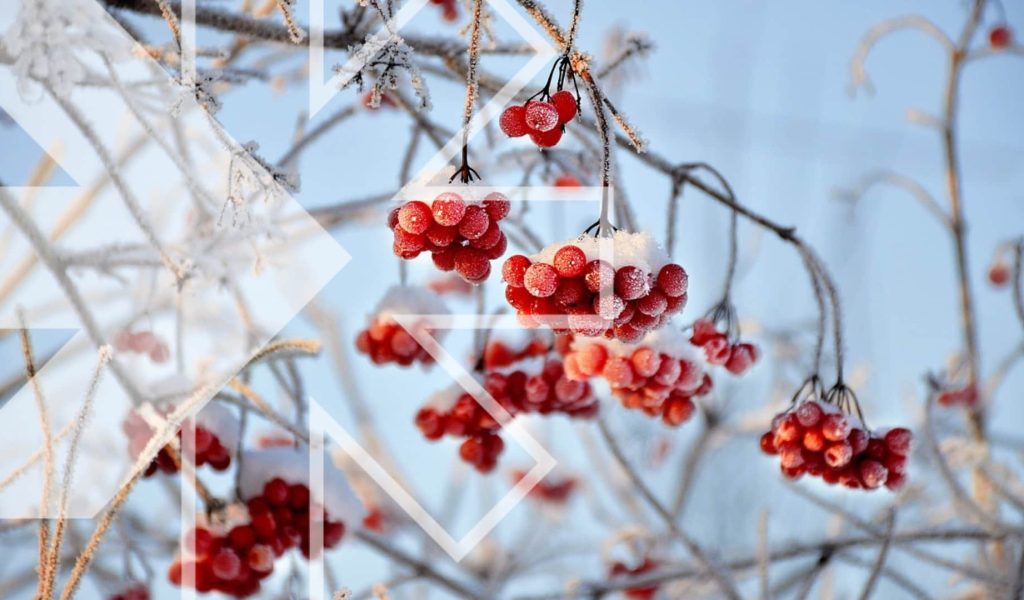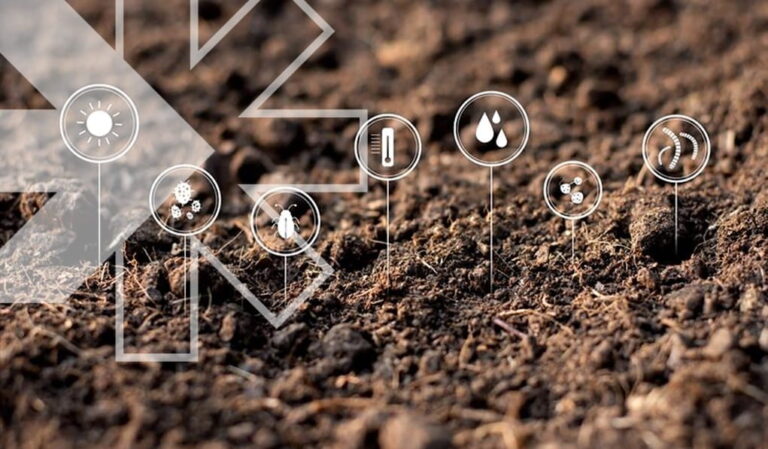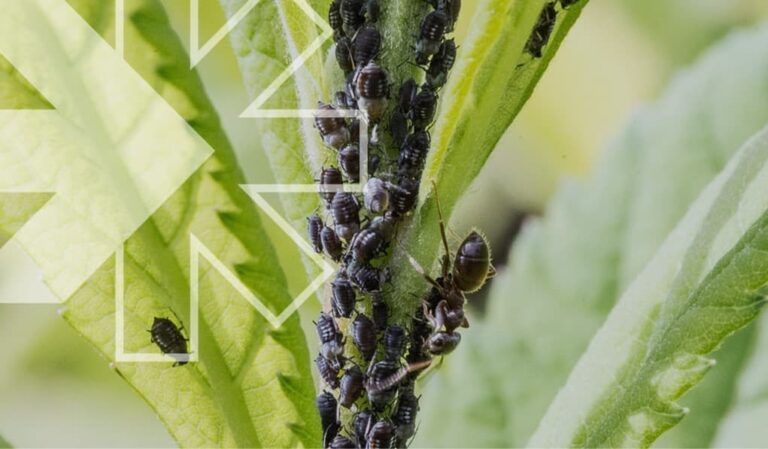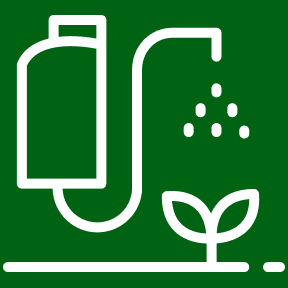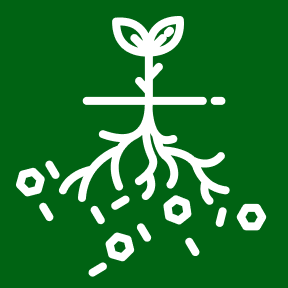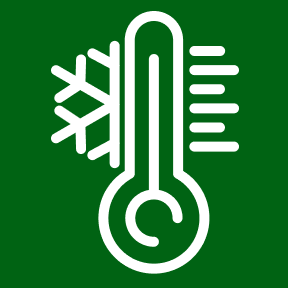Polar cold in temperate regions. What is happening?
As winter deepens, icy conditions have taken hold in many regions worldwide, even in typically mild climates. The Arctic oscillation has shifted, bringing cold air to lower latitudes.
As a result, extreme cold spells are causing frost damage, heavy snowfalls, and even hail in some areas.
Though colder weather seems to contradict climate change, scientists point out that these natural oscillations are to be expected as our climate grows warmer.
Understanding cold stress in agriculture
Cold stress is a major challenge for agriculture worldwide, affecting plant growth and crop yield. When temperatures drop, plant metabolisms slow, leading to issues such as poor germination, fruit damage, and even crop loss. There are two primary types of cold damage: chilling injury (20-0°C) and frost or freezing damage (below 0°C). Both have a major impact on crop health and productivity.
The future of global food security is at risk, with climate change bringing more frequent and intense cold extremes. Developing resilient plants and adaptive farming practices is therefore crucial to tackle these challenges.
Sustainable strategies for managing cold stress in plants
Plants have evolved a range of natural strategies to cope with cold stress, reducing the need for external interventions and enhancing resilience naturally. When temperatures drop, plants initiate protective metabolic pathways that shield cells from freezing. One of these strategies is the accumulation of sugars, which acts as a natural antifreeze by lowering the temperature at which ice forms within plant tissue. Another adaptive response is the production of stabilizing proteins, which reinforce cell membranes to prevent damage under cold conditions.
Transcription factors are key to these responses. These proteins regulate gene expression and enable plants to adapt to environmental changes by activating specific genes at the right time. Plants possess a vast diversity of transcription factors, each playing specialized roles in growth, development, and adaptation, minimizing the need for chemical interventions.
Recent research (since 2020) has focused on developing sustainable product combinations and methods to strengthen plants’ natural resilience to cold stress. Researchers have identified promising approaches in a series of trials to support crops under low temperatures through phenotypical and statistical analyses. These insights are helping to create eco-friendly solutions that harness plants’ inherent abilities to withstand the cold, aligning agricultural practices with sustainability goals.
Driving agricultural innovation at Rovensa Next
Rovensa Next’s Global R&D Bionutrition Team, led by José Nolasco, is dedicated to advancing agricultural sustainability and resilience. The team, which collaborates with over 70 research centers and universities worldwide, focuses on developing innovative biostimulant solutions derived from seaweed extracts, amino acids, microorganisms, and microbial metabolites, studying thus their synergies and antagonisms. Its work spans trials on over 30 crops to combat abiotic stress such as frost, salinity, and drought, alongside research into plant biostimulation and nutrition via novel chelates, humic substances, and foliar fertilizers. This open innovation ecosystem fosters disruptive technologies and expands Rovensa Next’s intellectual property portfolio.
Camila Levy, the firm’s Global Agronomical R&D Manager, specializes in abiotic stress, which is one of agriculture’s most critical challenges. “Cold stress can be as damaging as heat stress,” she explained. “Our mission is to empower plants to thrive under extreme conditions.” Camila and her team are making groundbreaking progress in understanding cold stress by exploring the mechanisms and mode of action of biostimulants and developing innovative biosolutions. Their work is shaping the future of sustainable farming and setting new standards for innovation in crop resilience.
Rovensa Next summary of trials results of climate change impact of cold stress in plants
With over 10 years of dedication to understanding abiotic stress management and how biostimulants can help plants overcome it, our R&D team has been conducting trials worldwide to generate reliable knowledge and generate strategies recommendations. Since 2020, these efforts have focused on developing new strategies and product combinations to create beneficial synergies against the challenging cold stress.
Rovensa Next has introduced two key approaches: Primactive (preventive) and Curactive (curative). These strategies have identified the most effective biostimulants based on the specific crop management challenges growers face.
For a preventive approach, products like Phylgreen, applied 3 to 7 days before the onset of stress, deliver outstanding results by preparing plants to withstand cold temperatures. When prevention isn’t an option, Delfan Plus is the optimal choice. Its Curactive effect enables plants to recover quickly from cold shock while saving energy in the process.
| Product | Strategy | Observations from Cold Stress | General recommended dosage | Timing |
|---|---|---|---|---|
| Phylgreen | Preventive effect (Priming) | +++ | 3,0 L/ha | 3 – 7 days before stress |
| Delfan Plus | Curactive effect | +++ | 1,0 L/ha | 1 day after stress |
These findings underscore, on one hand, the potential of specific biosolutions to enhance cold resilience in targeted crops, and on the other, the critical importance of understanding each product’s mode of action. This knowledge enables the recommendation of tailored abiotic stress management strategies, helping growers address the climate challenges they face daily.
Let’s stay aware and prepared for winter’s challenges!
References:
(1)Efectos del cambio climático en la agricultura, la silvicultura y los ecosistemas
(2)FAO Climate | Climate change | Food and Agriculture Organization of the United Nations
(3)AgSystems Agricultural Systems Group Technical University of Madrid
(4)Diez fenómenos climáticos que están cambiando el mundo y ya se ven en España | National Geographic
(6)Cold snaps plus global warming do add up – NASA Science

